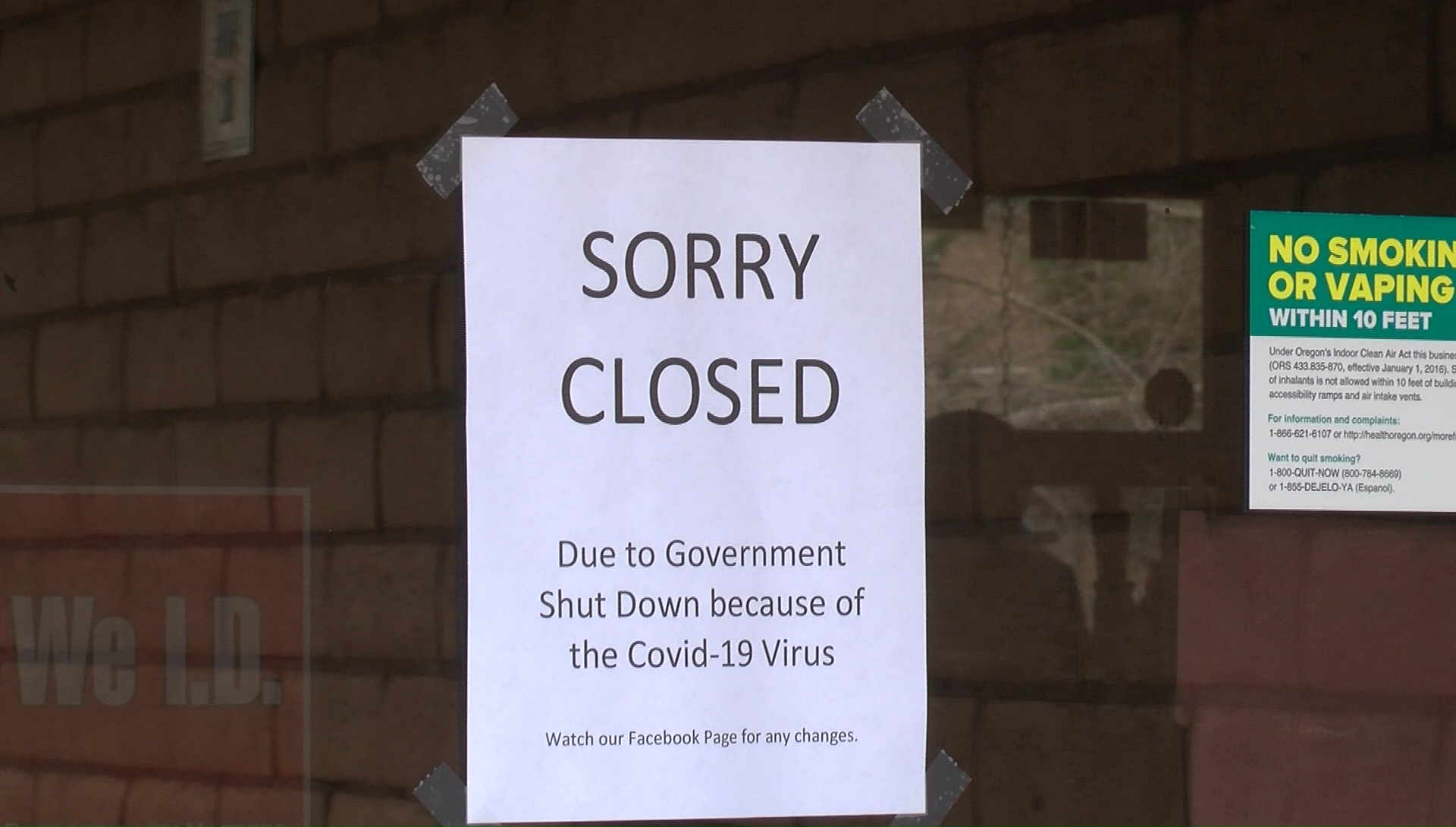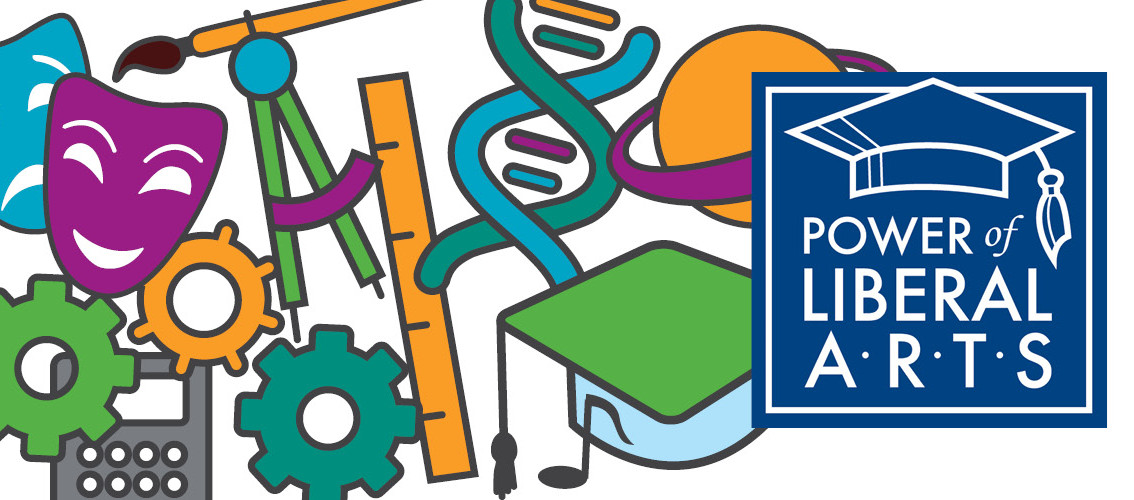Op-ed:Electronics have become less of a valuable education tool in college classrooms
by Jessica Rehm
Electronic usage in classrooms has increased over the last decade, but studies show that it has become more of a distraction rather than an educational tool.
The use of electronics has increased among not only students but professors as well. Students bring their laptops and cellphones to class to take notes, do research, and take pictures of diagrams professors put on the board. Professors now rely on powerpoints connected to their computers and upload them to Canvas rather than writing on chalkboards. Although this can be beneficial to students who have trouble taking notes in class, many people say bringing laptops into class is a distraction taking notes isn’t always what their used for.
Maureen Tracey, an education professor, believes there are benefits as well as disadvantages to bringing laptops and phones to class. “Advantages are students can connect to real world information,” she said. Disadvantages are students can go and wander on their devices.”
It has been shown in recent research that students who bring their laptops to class sit where the professor can’t see them and do everything from online shopping, to other class work, to watching sports games.
Phones have also become a distraction because instead of paying attention to the lesson students are on social media, texting their friends, and checking their emails. Tracey says that professors should “make expectations so that students don’t wander and browse on their devices during class.”
A solution to this problem that has been used at other colleges is to have students who have accommodations allowed to use laptops. But include better monitoring of the other students.


